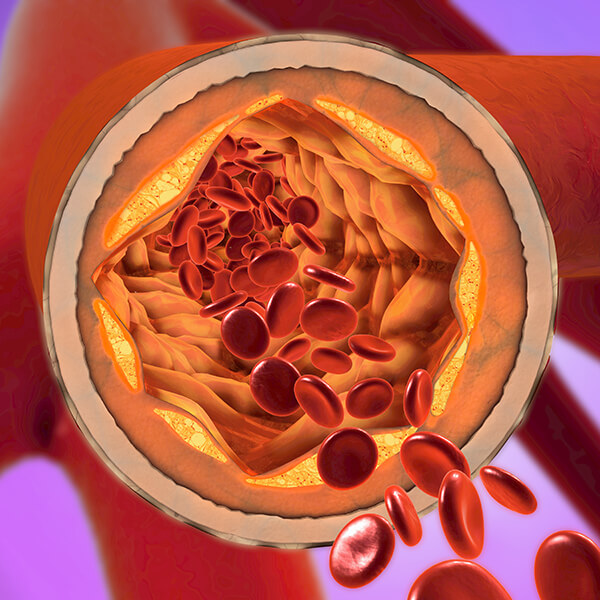


While these effects are not permanent, they last for about 24 hours after one magnetic therapy treatment. In this way, the blood flow becomes laminar, turbulence is suppressed, the blood circulation is greatly improved, and the risk for heart attacks is reduced. The blood viscosity becomes anisotropic: Along the flow direction the viscosity is significantly reduced, but in the directions perpendicular to the flow the viscosity is considerably increased. Here we report our new discovery with magnetorheology (MR): application of a strong magnetic field to blood along its flow direction, red blood cells are polarized in the magnetic field and aggregated into short chains along the flow direction. Moreover, neither medicine nor method is available presently to suppress turbulence in blood circulation. However, besides of heavy side effect, using medicine to reduce the blood viscosity only makes the turbulence worse because the Reynolds number goes up with the viscosity reduction. Presently, the only method to reduce the blood viscosity is to take medicine, such as aspirin. On the other hand, these two tasks conflict each other. Therefore, reducing blood viscosity and suppressing turbulence is the key to prevent heart attacks and strokes. Turbulence in blood circulation can further rapture blood vessels and develop atherosclerotic plaque. High blood viscosity and turbulence place much heavier work load on the heart. Research indicates that high blood viscosity and turbulence in blood circulation are the keys to trigger these vascular diseases. Heart attacks and strokes are the leading causes of death in USA.


 0 kommentar(er)
0 kommentar(er)
